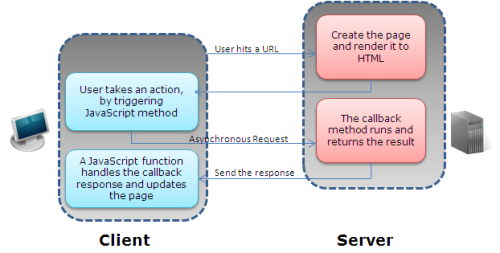
It may vary depending on what you ordered, when you ordered, and how you ordered.īasically a callback URL gives directions to an external system on where to go next. This is achieved using a delegate or the new lambda semantic Func or Action. To create a callback in C, you need to store a function address inside a variable. The usage of a callback is usually in asynchronous logic. It might be a thank you page, or other page with order confirmation information, next steps, or their home page. A callback is a function that will be called when a process is done executing a specific task. Barring any glitches you should see the page the store wanted you to see after an order. Though you didn't know it, you left your favorite online store's website during the processing, and the external site you visited returned you back to it. Outlinely for iPhone & iPad An elegant app for organizing notes and thoughts 264 11 6 years ago Alternative Products Notion One workspace. The page that you see is the callback URL. After the transaction completes you are directed back to the original shopping site. Chances are you'll be sent to an external service that handles the payment processing (like PayPal) where you confirm your order, or just wait while you watch the word "processing." blink on the screen. You've made a purchase on your favorite website and clicked the "Submit" button. Here's a common example of how a callback works - something that most people who've bought online probably have experienced.

So you acknowledge that you got the document and let the caller get on with other business while you do the scan, then use the callback URL when done to tell them the result of the scan. The user cannot be waiting for 3 minutes. For example, say your API allows users to send documents to it and virus scan them. This is useful because sometimes you may take ages to process some data and it makes no sense to have the caller wait for a response.

You are basically saying, "I am sending you this data once you are done with it, I am listening on this callback URL waiting your response." So the API will process the data you have sent then look at the callback to send you the response. The callback URL is like that return envelope. Once you have finished filling the form in, you put it in the provided return envelope and send it back. Sometimes you get a letter, say asking you to fill in a form then return the form in a pre-addressed envelope which is in the original envelope that was housing the form.


 0 kommentar(er)
0 kommentar(er)
